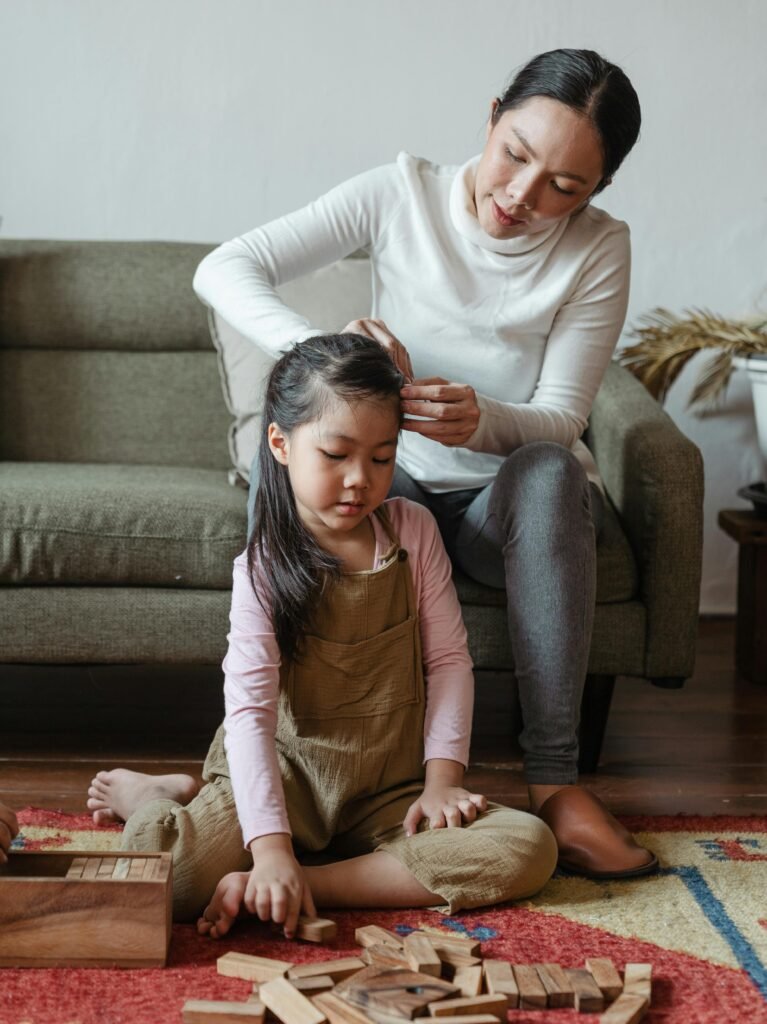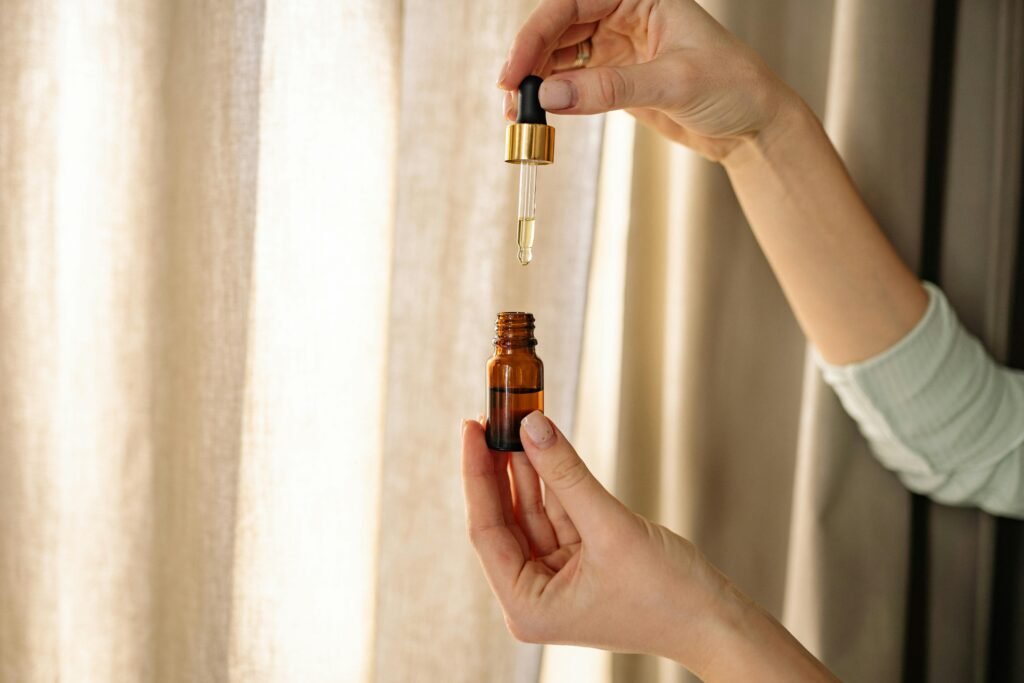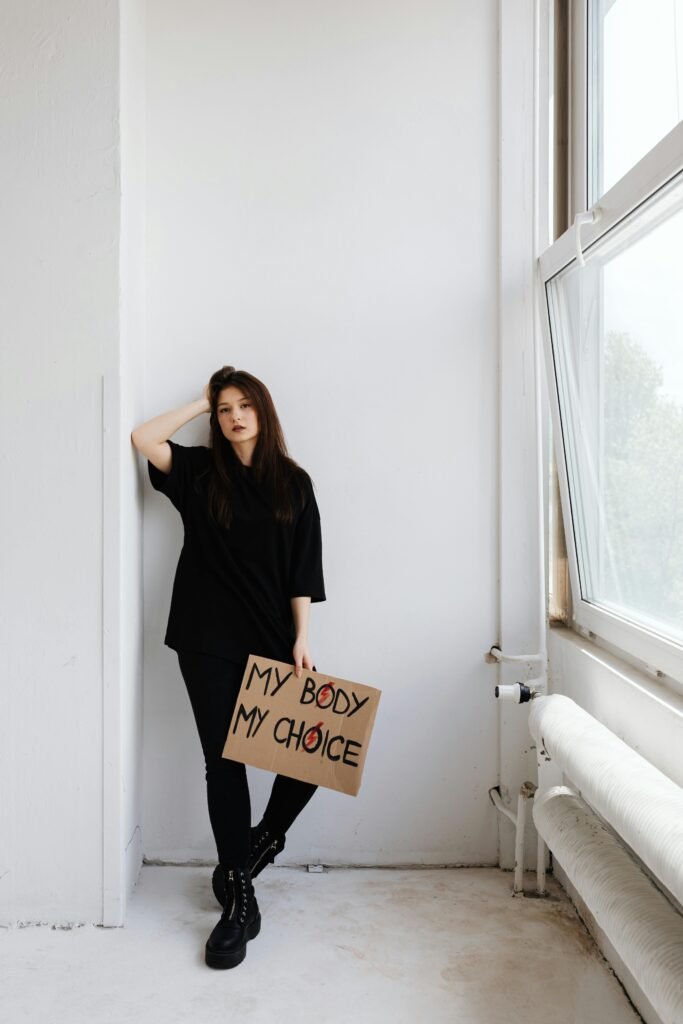Hair loss—it’s not just a vanity issue; for many, it’s a quiet crisis that chips away at confidence. Fortunately, two names often rise to the top of the conversation: finasteride and minoxidil. Both are backed by research, approved by the FDA, and widely used around the world. But while they may aim for the same goal—hair regrowth—they take very different paths to get there.
Let’s unravel what makes these treatments tick. From how they work at the biological level to what results you might expect, we’re diving into the details—because not all hair loss solutions are created equal.
What Is Finasteride and How Does It Treat Hair Loss?
Think of finasteride as the hormone whisperer. It’s a prescription pill that works internally by reducing dihydrotestosterone (DHT)—the hormone most responsible for miniaturizing hair follicles in male pattern baldness. By dialing down DHT, finasteride effectively slows hair loss at the root (literally) and encourages regrowth in key areas like the crown and mid-scalp.

What Is Minoxidil? Topical Hair Regrowth Treatment Explained
Unlike its oral counterpart, minoxidil is topical—a foam or liquid applied straight to the scalp. It doesn’t mess with hormones. Instead, it widens blood vessels, boosting circulation and nudging hair follicles into an active growth phase. It’s available over the counter and approved for use by both men and women.
Short answer? Finasteride works from the inside-out. Minoxidil works from the outside-in.

How Effective Are Finasteride and Minoxidil for Hair Regrowth?
Let’s break this down simply:
- Finasteride reduces DHT, the hormone that causes follicle shrinkage.
- Minoxidil stimulates blood flow and directly encourages hair growth at the follicle level.
Because their mechanisms don’t overlap, many dermatologists actually recommend combining them. It’s not either-or. It’s sometimes both.
Effectiveness: What the Science Says
Clinical studies paint a clear picture:
- Finasteride tends to be more effective for slowing hair loss and regrowing hair at the crown.
- Minoxidil shines when it comes to overall thickening and revitalizing the hairline.
Timeline for results:
- Finasteride: 3 to 6 months.
- Minoxidil: 4 to 6 months.
- Using both: Often yields quicker, more noticeable improvements.

Side Effects & Safety
Like any treatment, these options aren’t without potential downsides.
- Finasteride: Rare but possible side effects include reduced libido or erectile dysfunction. The good news? These effects are often reversible upon stopping.
- Minoxidil: Common issues include scalp irritation, flaking, and—especially in women—unwanted facial hair if misapplied.
Your best move? Consult a healthcare provider before starting either one.
Cost and Accessibility
- Finasteride: Requires a prescription but is affordable, especially in generic form.
- Minoxidil: Available over-the-counter, with pricing that varies depending on brand and volume.
Either way, these treatments are widely accessible—and in many cases, quite budget-friendly.
Should You Use Finasteride, Minoxidil, or Both?
Let’s simplify the decision:
- Best for men with male pattern baldness? Finasteride (alone or with minoxidil).
- Best for women with thinning hair? Minoxidil—since finasteride isn’t FDA-approved for women.
- Best for maximum regrowth and prevention? A combination of the two.

Conclusion
Choosing between finasteride and minoxidil isn’t just about picking a product—it’s about understanding the root (pun intended) of your hair loss.
If your goal is to halt the hormonal onslaught, finasteride may be your best ally. If you’re looking to stimulate growth at the follicle level, minoxidil steps in. And if you’re really serious about restoring your hair, using them together—under medical supervision—might offer the most potent results.
Remember: hair restoration isn’t a sprint. It’s a marathon. But with the right strategy, consistency, and a bit of patience, the finish line is worth it.

